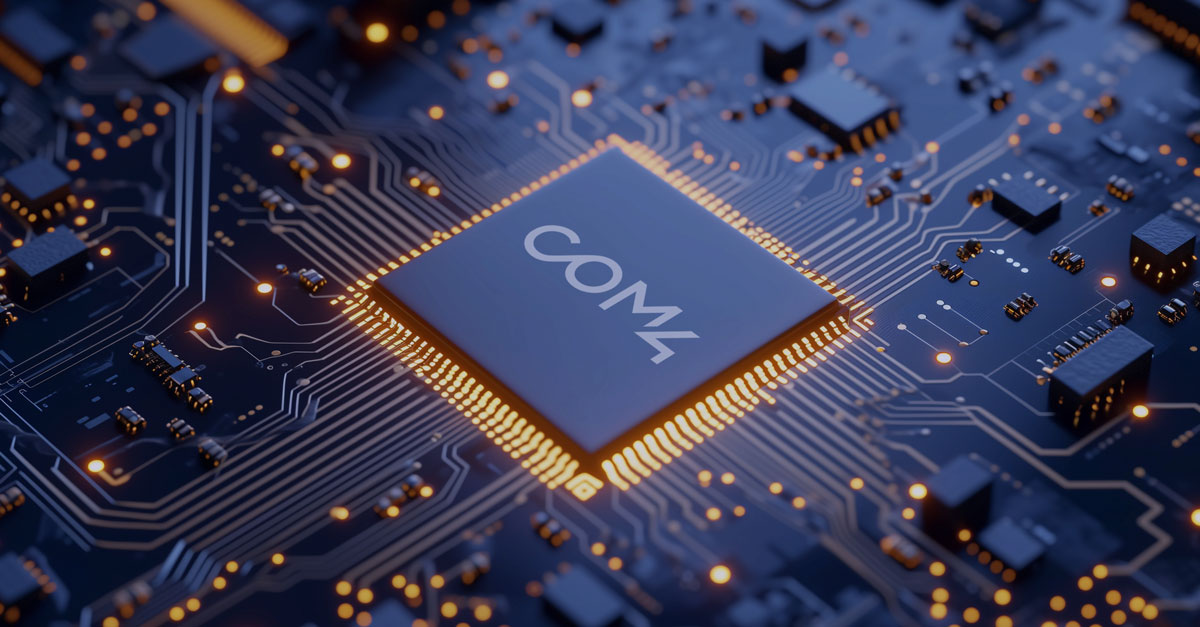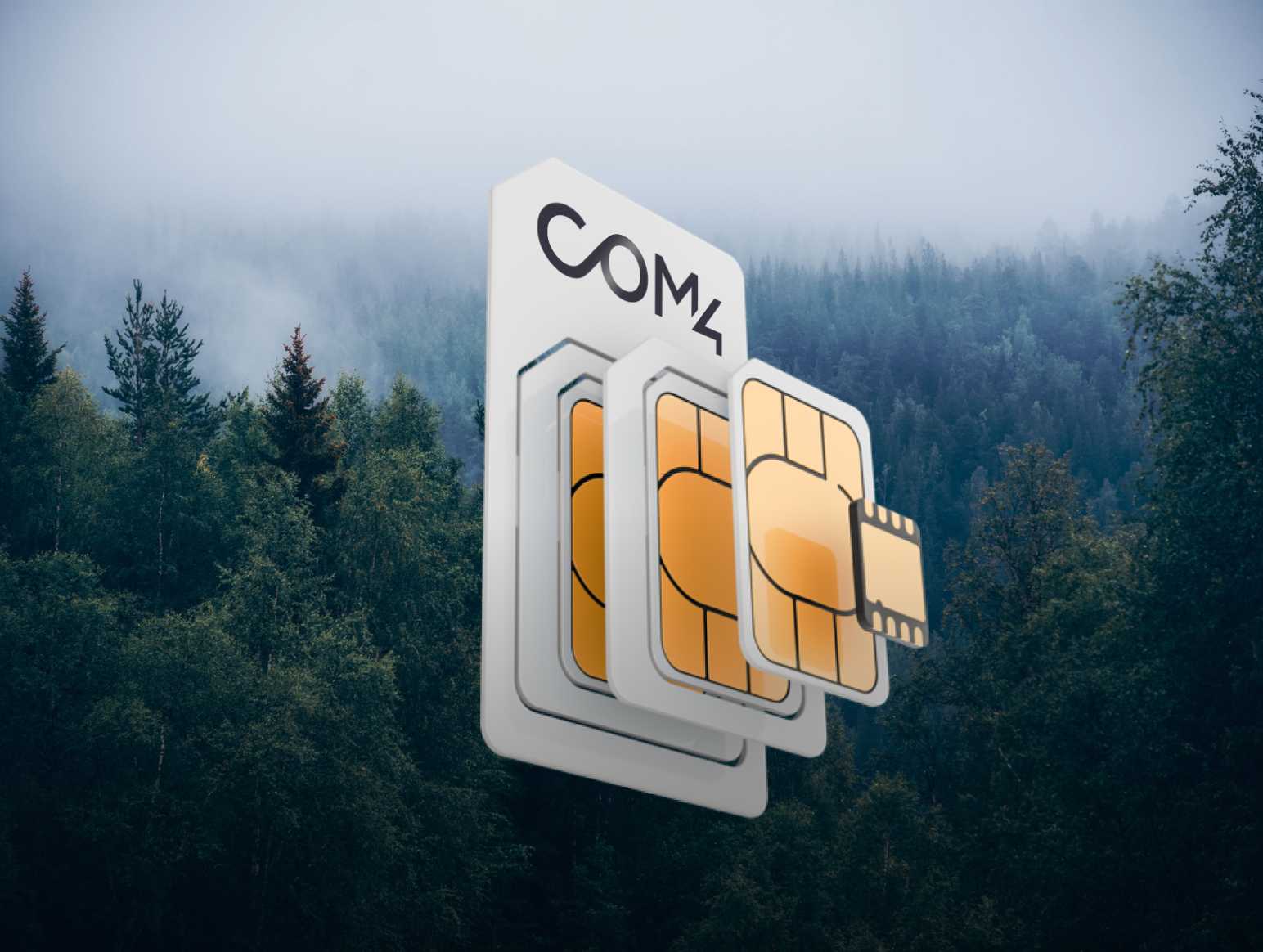Join us as we explore the world of eUICC technology, its versatile applications, adherence to industry standards, and its ever-expanding role in the IoT ecosystem. Whether you're a business leader, a tech enthusiast, or someone intrigued by the limitless potential of IoT, this article is your gateway to harnessing the full power of eUICC within your IoT strategy.
Traditionally, the SIM card has been the bedrock of mobile telecommunications, offering secure user identification and authentication on mobile networks. In most cases, SIM cards have adequately served the connectivity needs of both mobile users and IoT devices. However, there are scenarios where traditional SIM cards and roaming options fall short, necessitating an innovative solution like eUICC.
Challenges with Traditional SIM Cards
Historically, SIM cards were designed to accommodate a single subscriber identity tied to a specific service provider, requiring physical SIM card swaps for changing service providers. This complexity becomes more pronounced for businesses managing extensive device fleets, particularly in international deployments or scenarios where physical SIM card replacement is impractical. eUICC emerges as a viable alternative in such cases.
Effective IoT strategy
Shaping an effective IoT strategy today involves a series of pivotal technology-related decisions that dictate the long-term success of your product deployment. Determining whether, when, and how to embrace eUICC technology is one of these critical choices.
What is eUICC?
The Embedded Universal Integrated Circuit Card (eUICC) is a reprogrammable SIM technology that enables the modification of a device's Mobile Network Operator (MNO) profile without altering the physical chip. This innovation offers a doorway for global IoT companies to penetrate markets where traditional roaming isn't a feasible option, all without necessitating hardware changes.
Defining Key Terms:
- eUICC: Embedded Universal Integrated Circuit Card.
- UICC: Hardware in mobile devices containing SIM and/or USIM applications for network access.
- SIM: Subscriber Profile and Subscriber Identity Module, housing a unique identifier.
- SIM card:The physical component housing a UICC.
Advantages of eUICC in Large-Scale IoT Deployments:
- Crucial flexibility: eUICC allows IoT devices to switch between mobile networks based on coverage and cost, enhancing connectivity and cost-efficiency.
- A backup plan for prohibited roaming markets: eUICC provides a contingency for unanticipated deployments in regions where permanent roaming is forbidden.
- Assurance: To be able to swap the fleet of SIM cards to a contract with another IoT Connectivity Provider.
eSIM vs. eUICC – Distinguishing Features
While industry definitions may vary, eSIM is typically viewed as a fixed SIM card embedded in a device, whereas eUICC is a programmable SIM card facilitating remote provisioning of multiple SIM profiles regardless of SIM form factor. -min.jpg?width=3000&height=1240&name=eUICC%20(1)-min.jpg)
Understanding Remote Provisioning
Provisioning is the process of attaching certificates and profiles to a UICC, where a profile encompasses file structures, data, and applications.
What is Subscriber Identity?
Subscriber identity profiles enable network access for specific operators. An initial operator profile, known as the provisioning profile or bootstrap, is installed by the manufacturer. With eUICC, this profile can be remotely changed.
Roaming and eUICC
While roaming is a well-established model for device operation on different mobile networks, there are cases where it is unsuitable, such as in regions where permanent roaming is challenging such as Turkey, China and Brazil. In such scenarios, eUICC-based solutions can enable the transition to local SIM profiles to comply with regulations.
Com4's Roaming Solution
Com4's roaming solution offers a comprehensive answer for global IoT device deployments, featuring reliable connectivity, competitive pricing, and ease of management.
The GSMA and Standard SGP.32
The GSMA plays a crucial role in promoting standardization in the mobile industry. In Q2, 2024, the GSMA is set to release the SGP.32 standard, defining the structure and life cycle management of eSIMs and eUICCs. This standardization enhances the interoperability and security of eSIM technology, simplifying eSIM management across diverse devices and networks. Read more about this in our newly published article.
Invest in a Partnership with Com4 to Ensure You’re Always Connected
The possibilities of eSIM are promising for many businesses and applications, and the team at Com4 strives to always remain at the forefront of new advances within the industry.
Com4 is here to make the lives of developers easier by providing IoT Connectivity best practices to its users, and is enabling a smarter, more connected world with its unique, easy-to-access, always-on cellular 4G/5G for IoT connectivity. Com4 services high-profile organizations in more than 190 countries with its IoT solutions, enabling roaming capabilities worldwide, supporting 2G, 3G, 4G, LTE CAT-M1, NB-IoT, 5G, and eSIM technologies.
You can request our pricing here, or learn more about Com4´s services by exploring our website.

 CASE STUDY
CASE STUDY







.jpg)